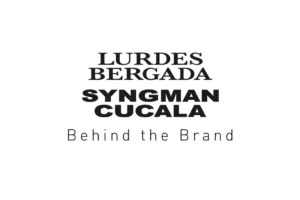- Home
- About
- Shop
- Brands
-

Aino (13)
-
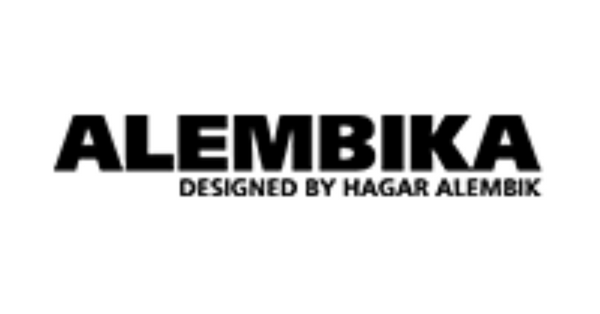
Alembika (3)
-
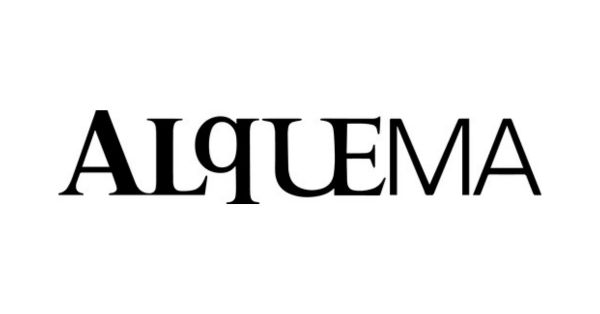
Alquema (16)
-
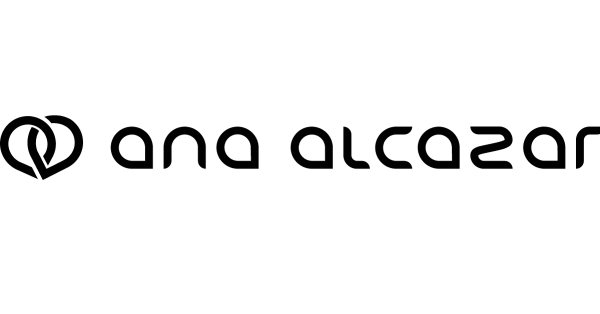
Ana Alzacer (3)
-

B.M Jewellery (3)
-
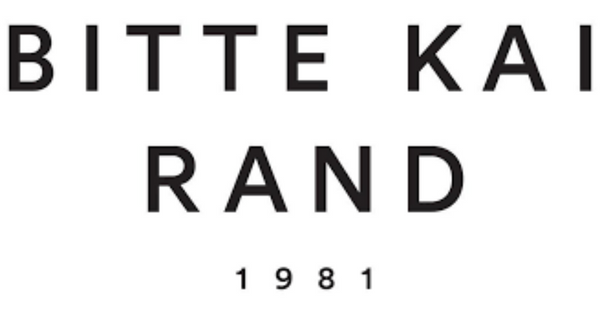
Bitte Kai Rand (11)
-

BIZE (5)
-

By Basics (5)
-
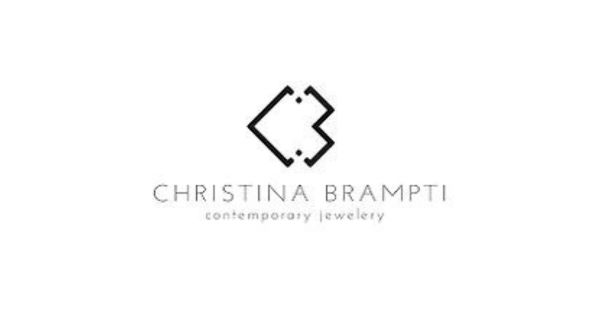
Christina Brampti (33)
-
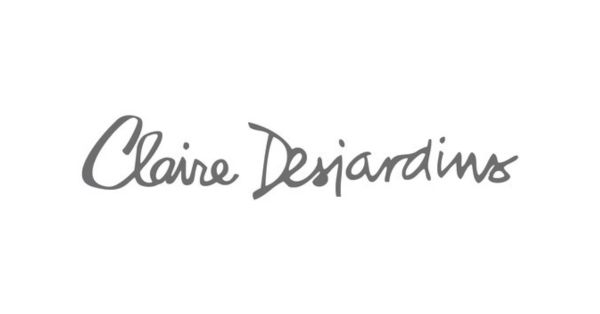
Claire Desjardins (6)
-
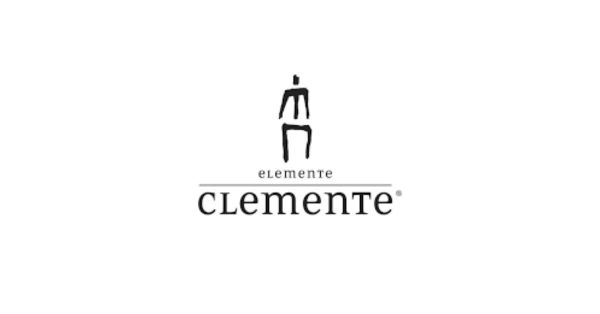
Clemente (8)
-
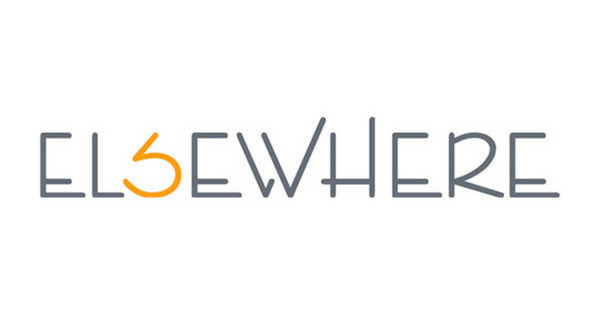
Elsewhere (3)
-

Emily Lovelock (2)
-

Estheme Cashmere (5)
-
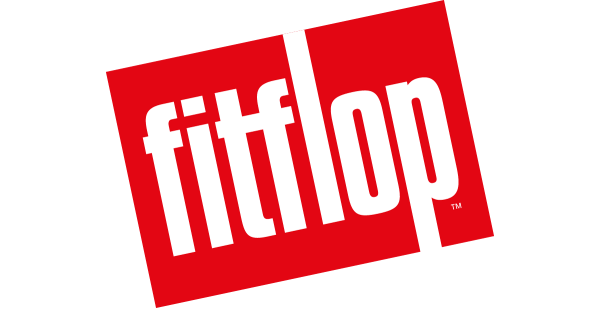
FitFlop (10)
-
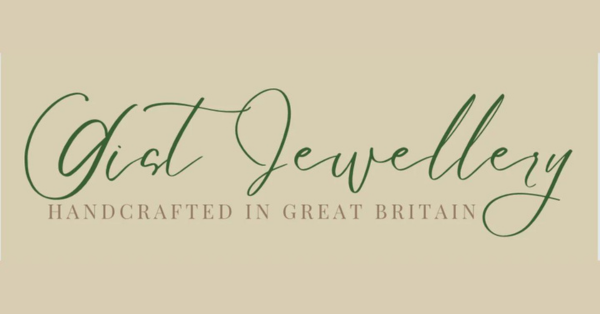
Gist Jewellery (9)
-

Grizas (18)
-

Henriette Steffensen (13)
-

Igor (3)
-

Ilse Jacobsen (17)
-

In Wear (10)
-

Katrina Vassou (36)
-

Kopka (24)
-

Kozan (8)
-
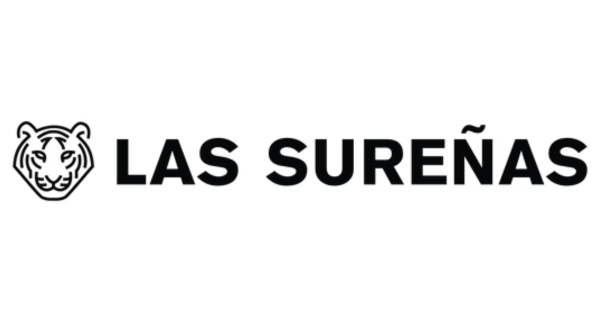
Las Surenas (8)
-

Laurie (17)
-

Lofina (3)
-

Lurdes Bergada (1)
-

Marella (15)
-

Max Mara Weekend (26)
-
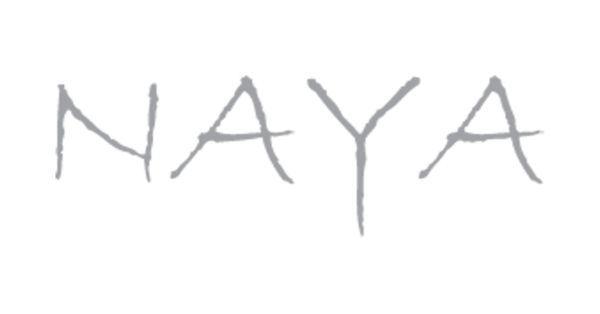
Naya (15)
-

No Name (11)
-
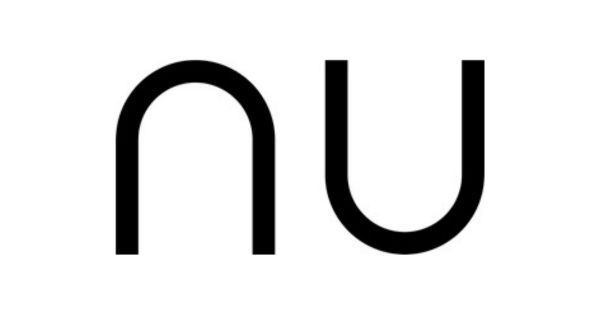
Nu (12)
-
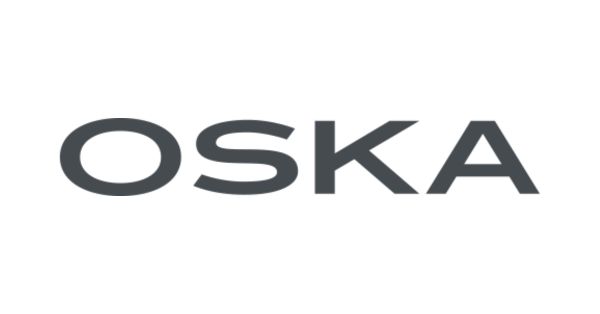
Oska (12)
-
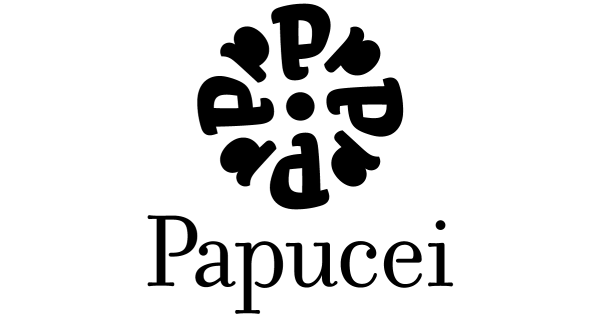
Papucei (4)
-

Philomena Christ (7)
-

Pretty Pink Jewellery (7)
-

Rainkiss (11)
-

Rundholz (7)
-

Sahara (16)
-

Sara Roka (3)
-

Tirelli (6)
-

Uchuu (2)
-
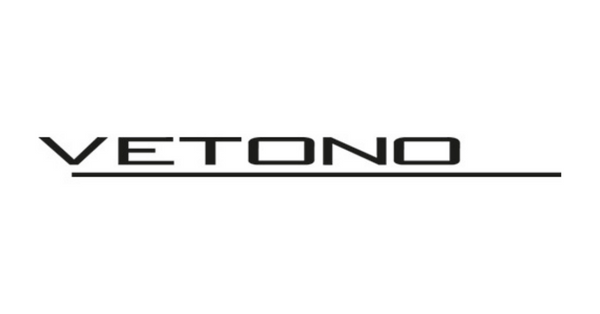
Vetono (3)
-
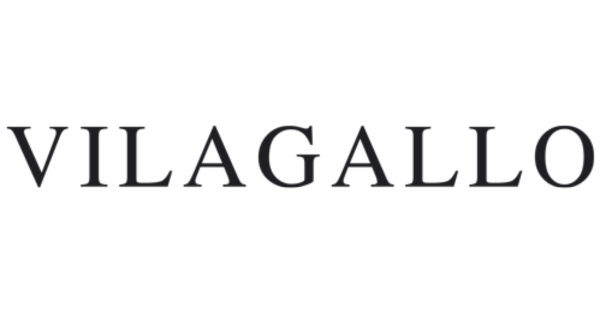
Vilagallo (4)
-

Xenia (22)
-

Yacco Maricard (11)
-
- Contact
Menu
- FREE Returns
- FREE Delivery over £150
- 14 day Return Policy



